|
Those looking to build a new home or remodel their existing one are often unsure about which products will provide the best value. When it’s time to design or upgrade their kitchens, they are likely to have questions about the merits of wooden cabinets versus a particleboard alternative.
Plywood is constructed by gluing sheets of log-cut wood together in a cross-grain pattern. The cross-grain method make plywood more durable than a solid cut of wood. After the wood sheets are pressed into a composite, they are covered with a wood veneer. Particleboard is a composite made by binding together wood chips and wood particles with glue or resin. Next, the composite product is made into a wood sheet by using either pressure or a mold. The sheet is then “finished” by wood veneers, a laminate, or by painting. Is Wooden Cabinetry Better than Particleboard Cabinetry? Both Offer Advantages As Well As Drawbacks Construction Plywood hold both mechanical and glued joints better than particleboard. Glued joints are actually preferable to mechanical fasteners like nails and screws, and that’s why higher-end cabinetry uses glued construction. Durability Particleboard can be durable if it’s constructed properly. However, it does scratch and dent more easily than plywood, so will not hold up as long as wooden cabinets. Strength Proper manufacturing can improve particleboard’s strength, but plywood can hold more weight due to the way the individual sheets of wood are interwoven. Wooden cabinetry is also lighter than particleboard, and if you plan to hang large upper cabinets from a soffit, your installation crew will have an easier time moving and maneuvering a plywood box. Moisture-Resistance Resistance to moisture is important in a room where water plays a big role. In the kitchen, water is used frequently – either to cook or wash dishes – and there’s always a risk the sink could leak. Steam from boiling water or even high humidity can also affect the materials used for kitchen cabinets. Compared to particleboard, plywood is more water-resistant, and even though water use could eventually impact wooden cabinets over time, plywood’s structural integrity will remain sound for a longer period than a cabinet made from particleboard. Particleboard is susceptible to swelling or warping in high-moisture environments. Quality Variation Particleboard is a product sold based on industry-set quality-control standards. Particle size and density are graded so you always know what you’re getting. There’s no such standardization in plywood construction, and you may run into trouble when the boards are delivered. Voids or holes in the plywood can make mechanical joint construction using nails or screws a difficult task. If you need to return faulty plywood and wait for a new delivery, that means lost time, and lost time on a construction project equals lost money. Finishing It’s easier to apply finishes to particleboard due to its flat and slick surface, which never needs to be sanded. Plywood has a rougher surface because of grain patterns, so it will be more time-consuming to properly finish wooden kitchen cabinets. Cost The materials used to make particleboard are considered to be waste, so they’re cheaper than using solid sheets of wood. Additionally, the manufacturing process for particleboard is more streamlined, which also brings down the cost. Plywood is more expensive than particleboard, and usually for good reason. But your customers may be limited by their budgets. It will come down to a conversation between you and your clients to determine whether particleboard cabinets or wooden kitchen cabinets will provide the most value for their projects. Quality Factory direct kitchen Cabinetry and Economical Pricing Cabinetry Factory is the #1 kitchen cabinet factory in Vietnam. We manufacture high-quality wooden cabinets and particle board kitchen cabinets at our facility, and because we eliminate the middleman, we can offer outstanding prices to cabinet distributors. Contact us and we are ready to be your partner! When it comes to choosing kitchen cabinets, considering how long they will last is an extremely important factor. Finding less expensive stock cabinetry using high quality materials, is very important.
What are the best materials for high quality cabinets? The most popular high-quality solid hardwoods are cherry, oak, and maple. Ash is used mostly in custom work, while birch is a durable, but inexpensive wood often found in even stock cabinets. Pine is sometimes used in cabinetry, although it can dent much more easily than hardwoods, and is usually only found in semi-custom cabinet lines. Hickory is another hardwood comparable to oak, but it’s a rare choice. People often use veneered kitchen cabinets at high-humidity areas. This is when hardwoods are layered onto another material, such as plywood. Veneers are used due to the fact that hardwoods can end up warping considerably in high humidity. The solid plywood frame would be protected. However, veneers can also be used over MDF, or particle board, in order to cut costs on kitchen cabinetry. Still, using veneers over solid plywood can produce decent quality kitchen cabinets. Solid hardwoods are typically higher-quality, but if you live in a high-humidity area, consider kitchen cabinets with veneers to minimize issues with warping. What goes into the construction of a well-built cabinet? The wood used for the face of the cabinet should be free of any discolorations, irregularities in the grain, or knots. Cabinet joints should be built with mortise and tenon construction. Where the joints meet, any line between them should nearly disappear. Cabinet sides, also known as end panels, should also be made from plywood with similar color grain to the cabinet faces. Side and floor panels should have at least ½ inch minimum thickness. Shelves should be made of plywood at least ¾ of an inch thick. Then, the floor and back should fit into routed side panels. Drawer fronts should be made of only a solid, single piece of wood, and the flat door panels should also only be made from solid wood pieces. Drawer sides should be made from solid wood of ⅝ inches and should be routed with a groove supporting the base of the drawer. Drawer joints should be dovetailed at all corners. Cabinetry Factory, as the leading kitchen cabinet manufacturer and supplier in Vietnam, build high quality kitchen cabinets with the best materials and construction methods. Being able to identify how the cabinets are built is just as important as the materials they are made from. As kitchen cabinets are the largest part of your kitchen budget, it’s important to get the best cabinetry possible that your budget will allow. Cabinetry Factory kitchen cabinets are constructed using many pieces of solid wood and wood veneers. Graining differences, as well as normal color change can be expected. Wood species in all finishes will exhibit color change when exposed to different types of light. Color differences in wood are caused by variations in minerals found in the soil in which the tree was grown and the absorption of these minerals. End grain surfaces and softer areas of the wood may accept more stain and often appear darker than other surfaces. This is a natural reaction when finishing a wood product and potential variances cannot be controlled. Additionally, every wood species exhibits other characteristics including knots, pinholes, sap runs, and darkening with age. It is the beauty and nature of wood to have these characteristics, as well as natural variations in graining and color, and will be present throughout our cabinetry. Birch is a heavy, close-grained hardwood with a light brown or reddish colored heartwood and white or creamy yellow sapwood. Birch has distinct, moderate grain patterns that range from straight to wavy or swirly. Like some other woods, Birch isn’t easily mottled or discolored over time. Due to its closed pore structure, Birch wood stains and finishes easily. It has a smooth, hard surface. Features described below are typical and not considered defects:
Common Wood FeaturesMineral Streaks
Mineral Streaks are caused by the nutrients that the tree absorbs from the soil. This causes the grain to have olive, brown, or black streaks. Depending on how your cabinetry is finished, mineral streaks can appear darker or lighter. Pin Knots & Sap Pockets When small branches are torn off a tree or naturally dies, the decaying area then turns a darker color than the sapwood. The knots are a half-inch in diameter or smaller. These markings do not affect the quality of your cabinetry. Aging of Wood Wood naturally ages over time. It can lighten, darken, or even change color. Different environment exposures, such as sunlight and temperature, can cause the wood to age more rapidly. This is not considered a defect. We’re all about cabinets here at Cabinetry Factory. As an kitchen cabinet manufacturer to cabinet distributors, we like to make sure distributors and readers of this blog know about the Cabinetry Factory difference when it comes to our cabinets. Something that sets us apart is the construction of our cabinet drawers. All of our cabinet drawers are dovetail drawers. What is a Dovetail Joint?
The dovetail joint is used to unite the drawer front and back with the two sides. Corresponding trapezoidal shapes are cut into each end of the corner pieces, which are then perfectly interlocked, kind of like a puzzle. Once glued, a wooden dovetail joint usually requires no mechanical fasteners. Why the Dovetail is Important What makes the dovetail joint so important for cabinet drawer construction is its resistance to being pulled apart. The interlocking pieces create a strong joint with just the quality wood. This joint is made even stronger with glue. The front-to-side joints take the bulk of a strain on a cabinet drawer. If you’ve ever pulled a drawer open and came away with the drawer front in your hand, it was not likely made with a dovetail joint. History of the Dovetail Joint Some of the earliest examples of the dovetail joint are in furniture entombed with mummies dating back to ancient Egypt as well as the ancient tombs of Chinese emperors. So as you can see, it’s been around a long time. In Europe, it is also called the swallow-tail or fantail joint. It is a distinguishing factor in furniture construction and helps in determining the age of a piece. As you shop for kitchen cabinets for your kitchen cabinet inventory, ask about the materials and construction. If you have any questions about our kitchen cabinets made in Vietnam, please contact us. We’d love to talk kitchen cabinets with you. To cabinet importers, To find and choose a reliable cabinet factory or cabinet manufacturing partner is often a headache, especially to those who just started their cabinet importing business. SO HOW TO IDENTIFY A RELIABLE CABINET FACTORY? |
Kitchen Cabinets Factory in Vietnam
Archives
May 2024
Categories
All
|
Copyright© Cabinetry Factory All Rights Reserved



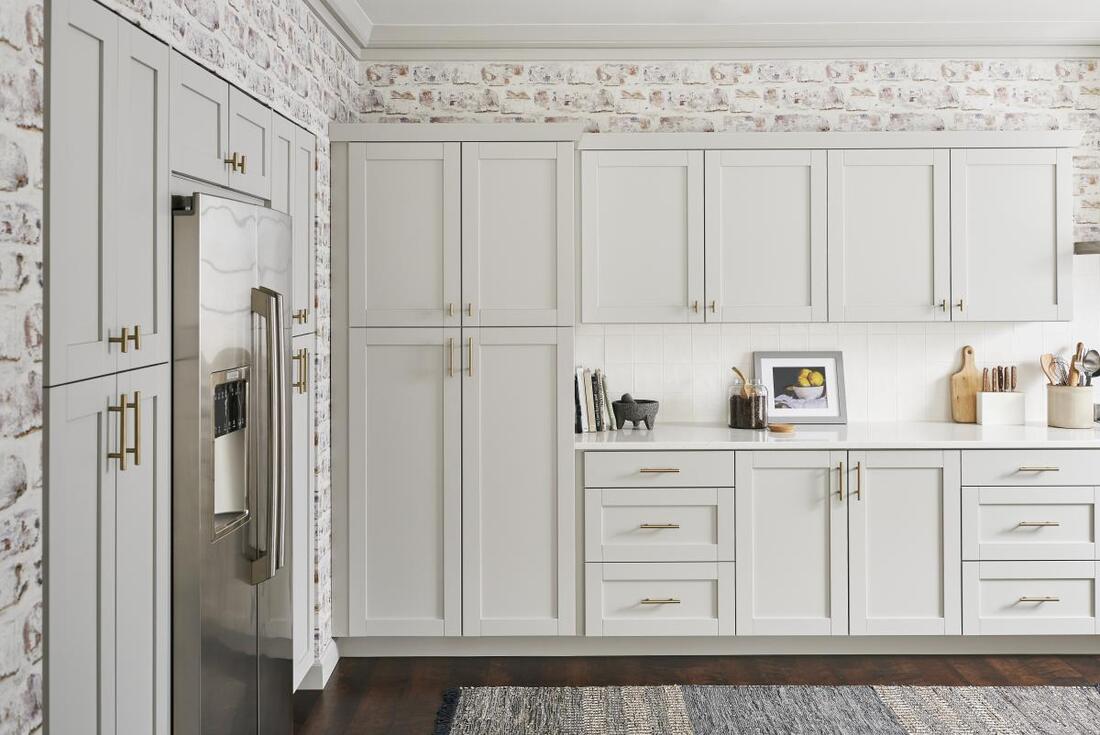
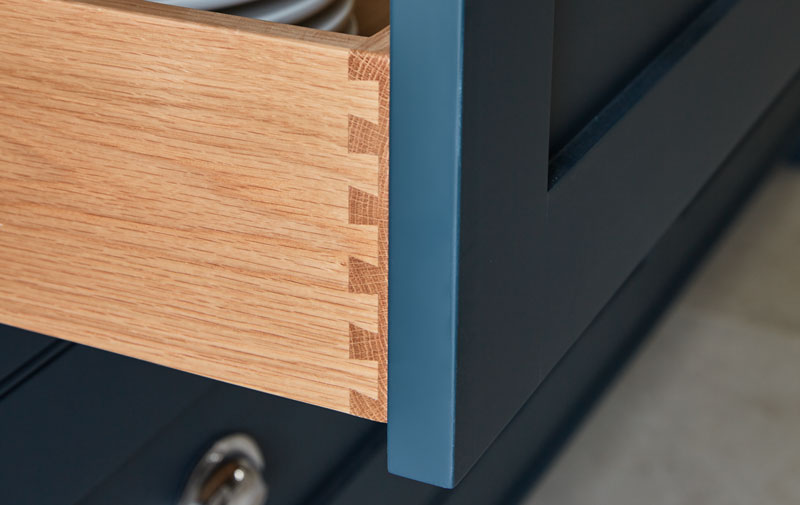
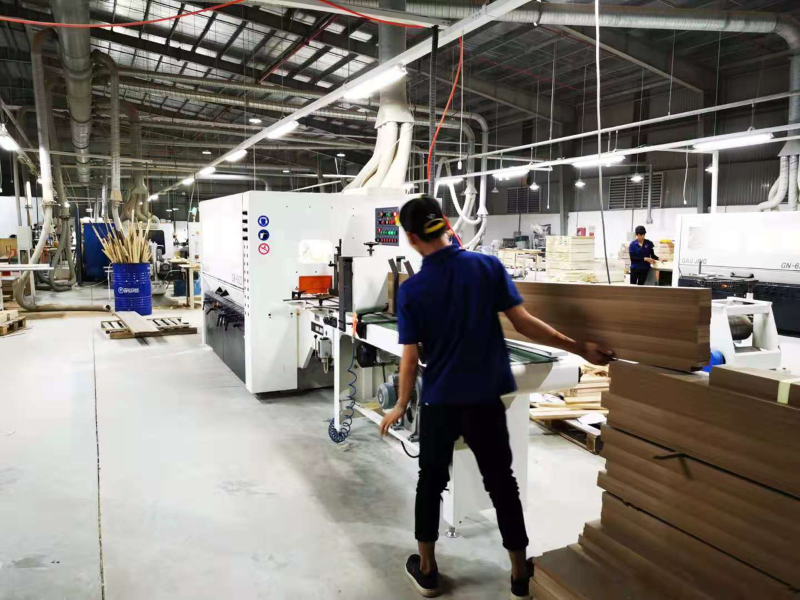
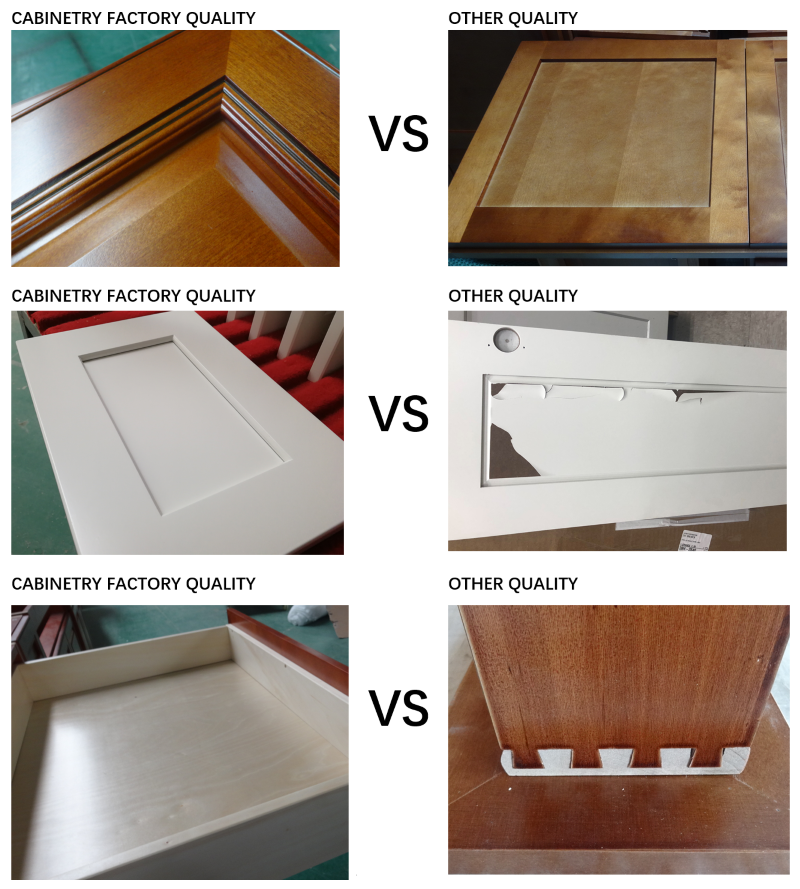
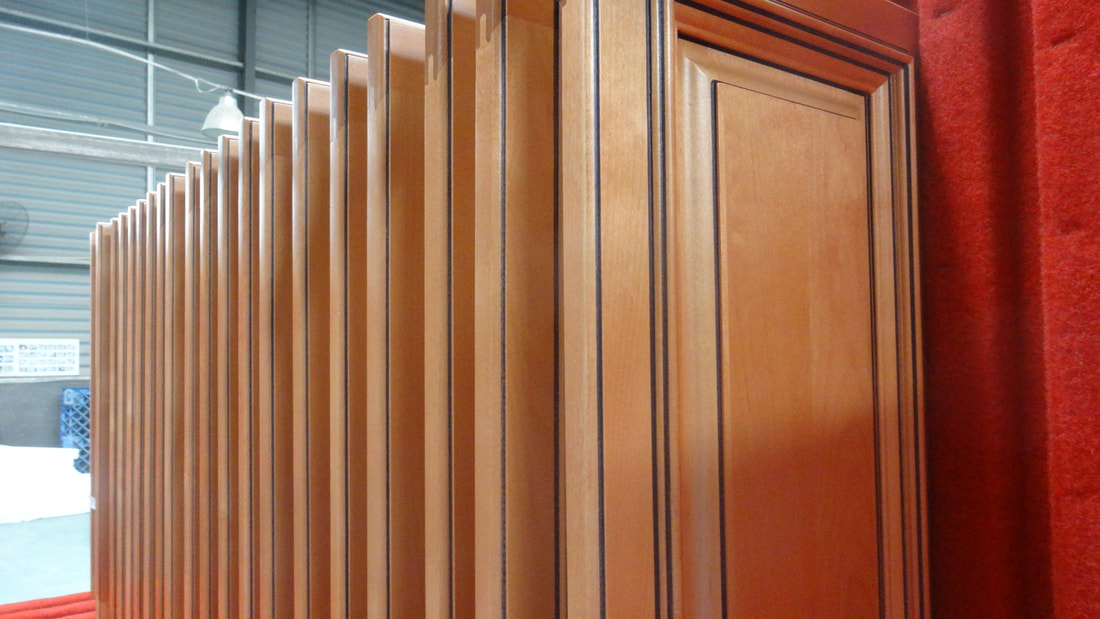
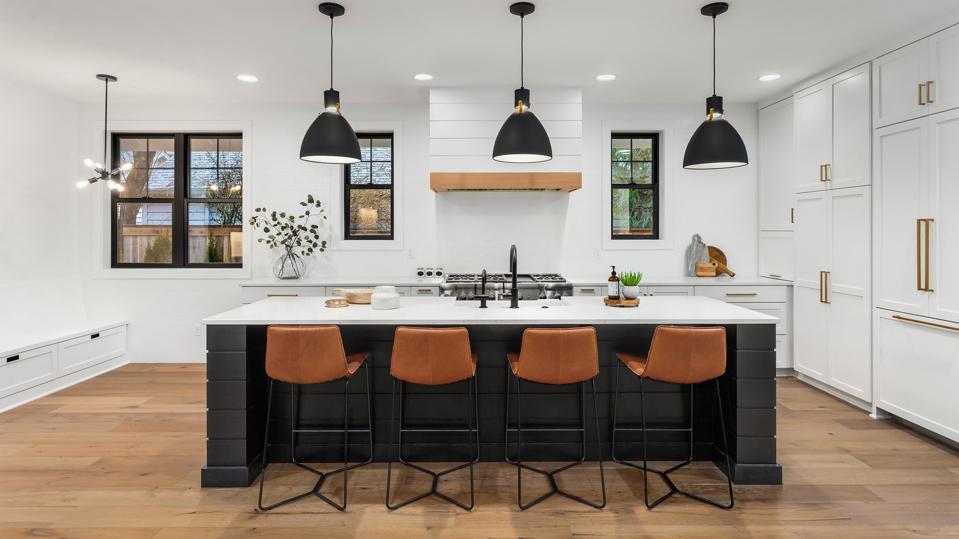
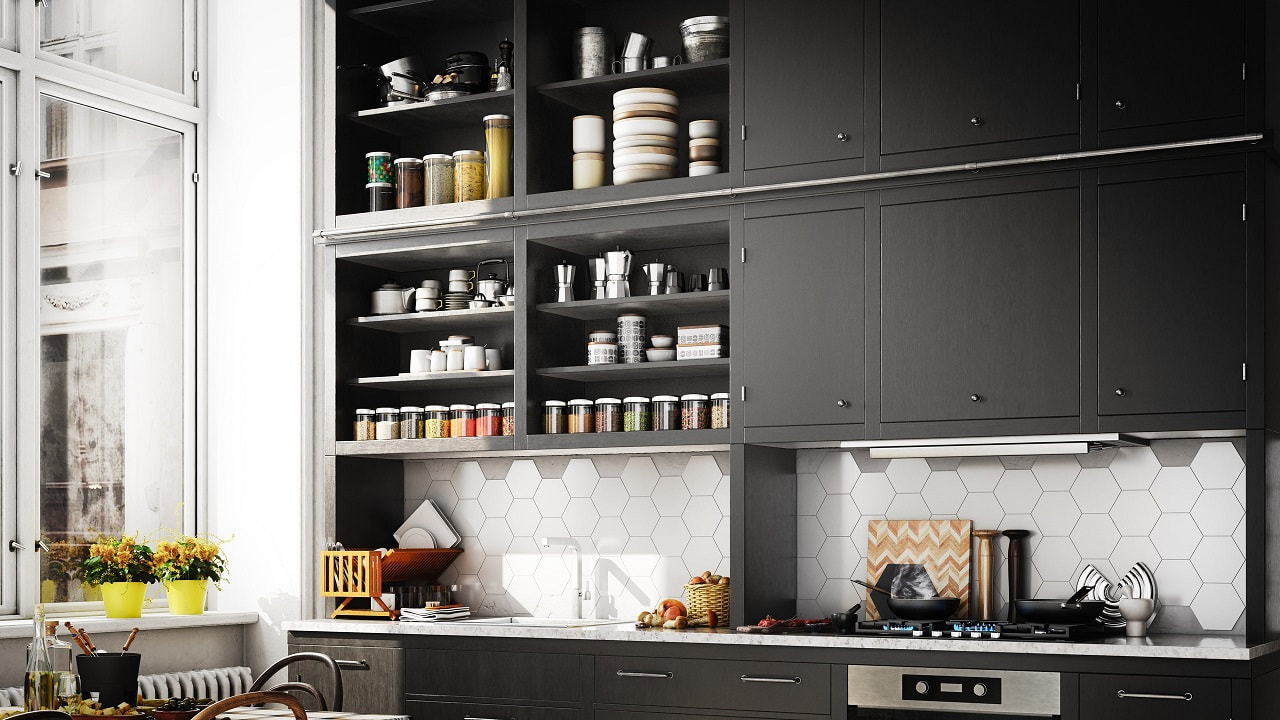
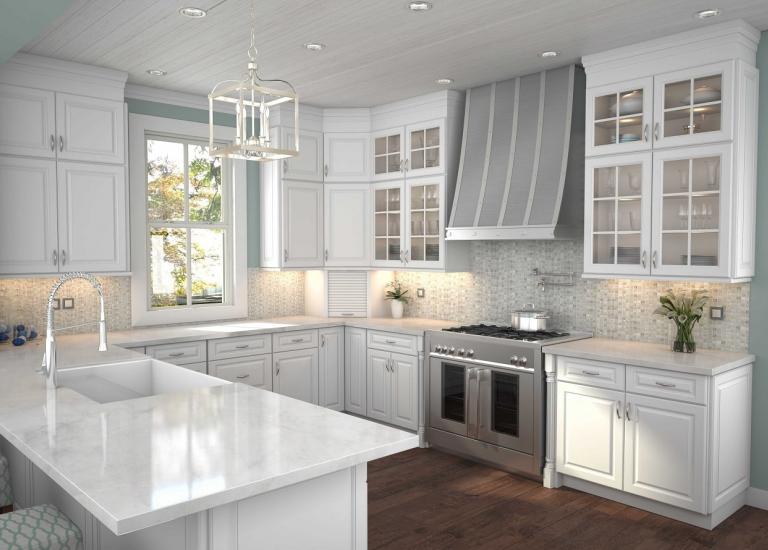
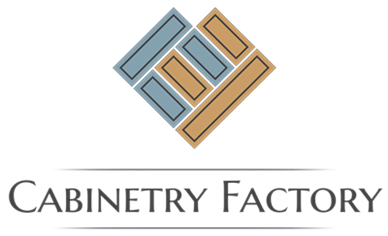

 RSS Feed
RSS Feed
